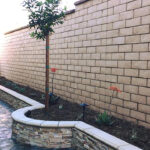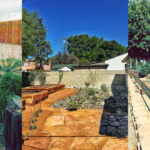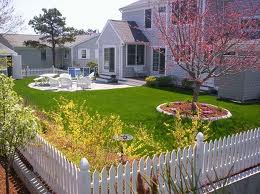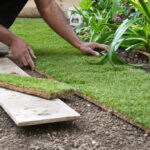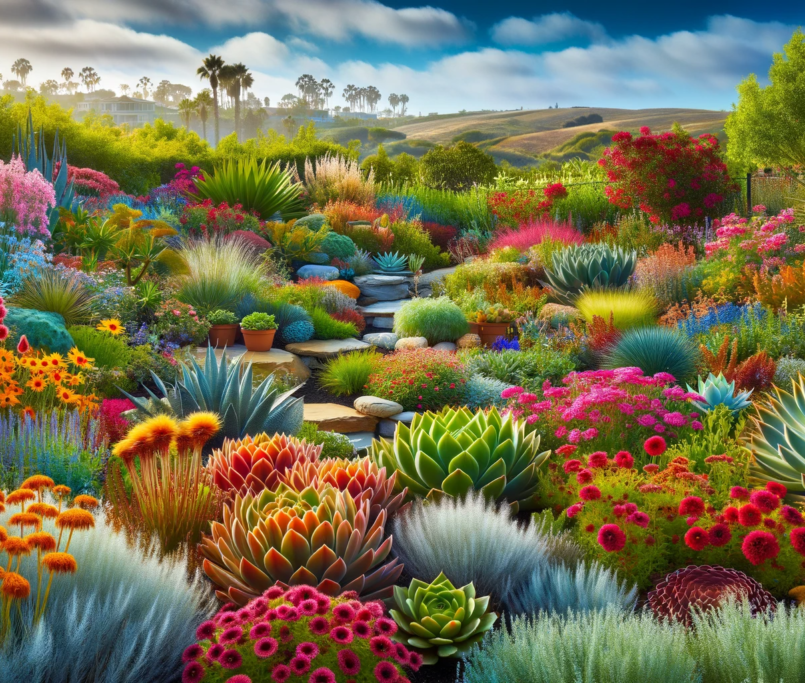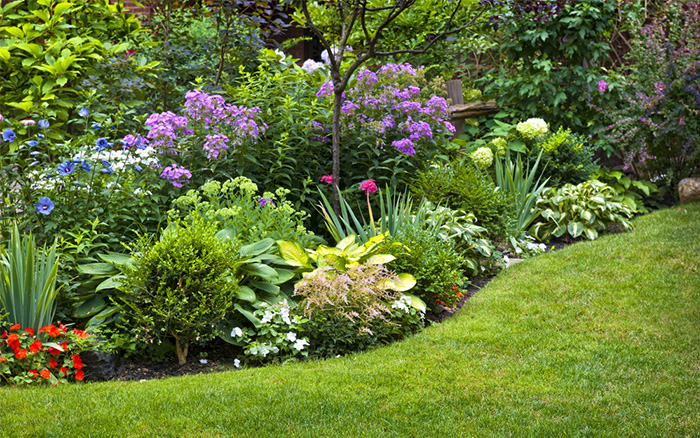The Dos and Don’ts of Landscaping
There are two kinds of yards. Ones with gardens that make you feel at peace with the world, all elements harmonizing happily. And then there are the rest… those that are jarring, chaotic and look for all the world like a dog’s breakfast.
You want the first kind.
To achieve balance and harmony in landscaping, there are a few things you should do and some things you should never do, says Upland garden designer Rachel Simon.
First? “Always start with a plan,” she says. “The outcome will be so much more pleasing that way.”
Here are some of Simon’s suggestions:
Do lose the lawn
Grass uses more water and chemical fertilizers than most any other plant you can install, making it bad for the environment from contaminated runoff. “The effect isn’t worth it,” she says. “Planting a lawn is like pouring all your resources into a so-so carpet that dominates a room. Wouldn’t you rather have more understated flooring so that people can savor your great furniture, lamps, art and other decorative items?” Instead, choose a neutral material such as decomposed granite to show off your carefully chosen plants.
Don’t throw in every plant you love
Your house may be Spanish style so you have a designer draw up a classic sub-tropical palette with Phoenix roebelenii or pygmy date palm, bougainvillea and bird of paradise – perfect for your house. So don’t insist on putting in your own personal favorites like hydrangeas, delphiniums and lavender. Beautiful in a cottage garden. Not in yours.
Don’t underestimate the size of mature plants.
It’s hard to imagine that an agave the size of a basketball will grow to an eight-foot monster or that the cute little ficus benjamina will overwhelm your house and undermine your foundation, but it will. And the cost of yanking them out will blow you away. For trees destined to stand near a single story house, don’t plant anything that will grow taller than 15 or 20 feet. You have a lot more leeway with two story houses and trees that go in parking strips. Still, huge trees in front yards make generous-sized houses look like Monopoly pieces.
Do figure out a plant palette and stick to it.
A good rule of thumb is using only plants that actually grow side-by side in nature. So don’t mix, say, a camellia from China with a New Zealand native such as phormium (flax). Not only will the water and light requirements be so different that one or other of the plants will fail to thrive or even die, but anybody with knowledge of plants will shake their head when they look at your efforts. For them, the elements won’t “match.” It’s like mixing plaids and polka dots — only the most accomplished style-meister can carry it off. So unless you’re an amazing designer, don’t fool with Mother Nature!
Don’t use too many different plants.
Too much variety dilutes a design, making it look more haphazard and messy than it otherwise might. “I have the best luck keeping the number of plants down to five or six in a setting,” Simon says. “If you must use more plants, layer them. Put some behind others, with the tallest in the back.”
Don’t go it alone.
Since a design professional shouldn’t charge more than 10% of the total budget, working with a garden designer should not to be cost prohibitive. The results will be dramatically better than letting a contractor or other installer run with the project. Often installers don’t know plants and rarely do they have a good design sense. Your yard will be planted according to what’s most expedient for them — not what’s most attractive or environmentally friendly. On a tight budget, the fee of a designer can be offset by planting younger (and therefore less expensive) plants. The plants will be happier and healthier, too.


